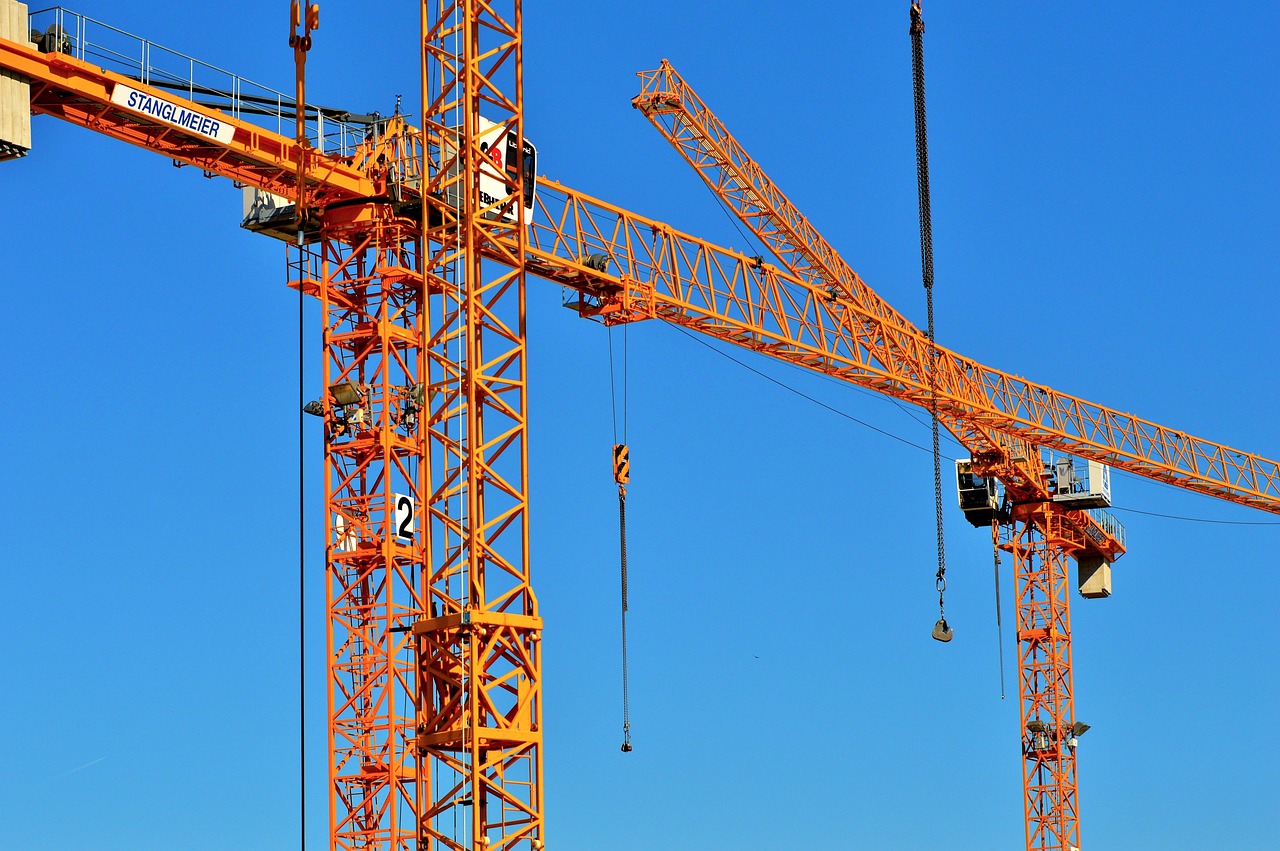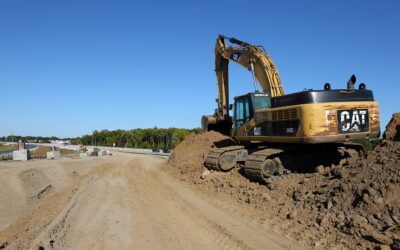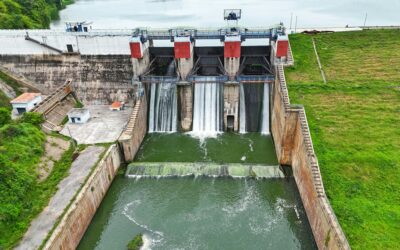Over the past four months, Georgia, Tennessee, and Louisiana have emerged as the nation’s most active adopters of public-private partnerships (P3s), which are often referred to as comprehensive development initiatives (CDIs) for large infrastructure projects. Federal data show that P3 financing reached $77.5 billion in 2024 and is still climbing, while new allocations and investor funding (including a $1.8 billion North America infrastructure fund closed in October 2025) indicate that the trend toward private investment in state-led infrastructure is accelerating.
These types of projects are becoming more common throughout America and at all levels of government. Examples of large collaborative projects still in the planning stages follow. Most involve some sort of critical infrastructure effort – but not all.
Officials at Northern Arizona University (NAU) are making plans to launch a $448 million energy modernization project through a long-term public-private partnership. The initiative will deliver a comprehensive upgrade of NAU’s district energy infrastructure to support the university’s goal of achieving carbon neutrality by 2030. Once completed, the utility modernization project will replace the campus’s aging infrastructure with modern, low-carbon systems that improve reliability, reduce emissions, and deliver long-term energy savings.
A private sector partner will be selected to finance, design, construct, operate, and maintain energy infrastructure that will deliver heating, cooling, power generation, and renewable integration. The project will modernize two central plants and provide upgrades to the campus-wide utility distribution network. Both plants will be converted to low-temperature hot water systems that improve energy efficiency and enable decarbonization.
Planning officials are considering several potential solutions to reach the university’s decarbonization goal, including woody biomass sourced from regional forest management operations and centralized geothermal systems with heat recovery. This project will incorporate renewable energy, energy storage, and advanced controls to enhance resiliency and operational efficiency across the campus. A private sector partner will be selected in 2026, and construction is expected to begin in 2027 or early in 2028.
Officials at Marin County, California, have announced an $83 million project to deliver a new fire station headquarters and emergency operations facility. The project will replace the existing headquarters with a modern, centralized complex designed to improve emergency response and regional coordination while also integrating new training, administrative, and community functional capabilities.
The new 26,000 square-foot building will have five drive-through bays for fire apparatus, equipment storage, and maintenance. It will include offices, workstations, utilities, and living quarters with sleeping accommodation for 33 officials. Adjacent buildings will support administrative and training functions and include a 45-foot training tower, covered outdoor classroom, warehouse space for supplies, and dedicated areas for vehicle repair and storage. The county’s Board of Supervisors approved a Progressive Design-Build (PDB) delivery model in June 2025. Procurement for a construction partner is planned for late 2025. Following permitting and programming work, a construction launch is planned for 2026. Work is expected to continue through 2028.
A new domed stadium is being planned for the Chicago Bears organization in Illinois. The new $2 billion sports facility will be part of a mixed-use campus in Illinois, which will be located on the site of the former Arlington International Racecourse. The planned campus will include an NFL stadium, an entertainment center, public green space, and various types of related infrastructure. Plans call for the stadium to serve as the focal point of a $5 billion private investment initiative that also includes lodging, business space, and hotels.
The project will require significant infrastructure upgrades, including utilities, roads, and transit access and plans call for it to be delivered through a concession-style public-private partnership. After the approvals process is completed, a formal procurement will be released for site work. The stadium and first-phase infrastructure and construction are expected to begin in 2028.
City officials in Honolulu will oversee a project to replace an existing community correctional center with a new facility. The project, which has been tagged with a $1 billion cost estimate, is part of the state’s broader effort to modernize correctional facilities, provide better treatment for detainees and enhance public safety.
Three core components of the project include development of new inmate housing units, space for medical facilities, and dedicated recreational spaces for inmates. The new building will be designed to meet all correctional standards, address the current overcrowding issue, and provide operational efficiency. The project is being advanced as a Design-Build-Finance-Operate-Maintain (DBFOM) public-private partnership. It is currently in the planning and design phases, and construction will begin in late 2026 or early 2027.
The Rickenbacker Causeway shoreline will be the focus of an upgrade project as officials in Miami-Dade County oversee a transformative initiative to redevelop the corridor in Key Biscayne, Florida. The planned effort will elevate and enhance the corridor.
The project is being designed to potentially rely on a concession style public-private partnership to deliver the project. If this delivery method is approved the selected partner will finance the effort, deliver the viaduct, bridge replacements and all associated public-realm improvements. Currently, the project has been tagged with a cost estimate ranging from $265 million to $290 million. The environmental approvals process has started but officials are still considering the delivery method. A $950,000 feasibility and concept study began in July 2025.
Solicitations for site work and infrastructure will be released in 2026 or early 2027. That will occur following completion of the feasibility study, environmental permitting, master planning work, and finalization of the delivery method. Construction on the elevated viaduct and bridge replacements could begin by 2028.
Contracting firms interested in pursuing these types of upcoming opportunities should be pleased to know that the trend is growing rapidly and successful private sector partners are usually firms that are selected while planning documents are still being developed. Because of the size and complexity of some projects, potential private sector partners need to get positioned as early as possible.
Image by Ralph from Pixabay







